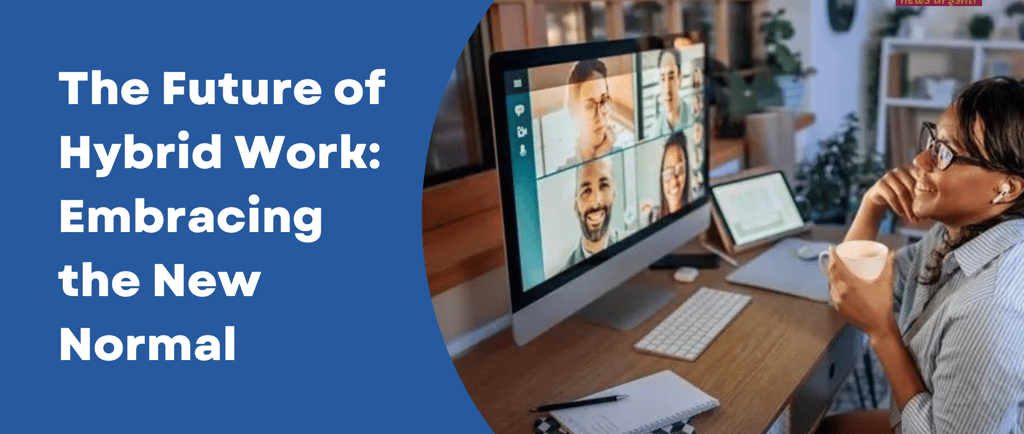The Future of Hybrid Work: Embracing the New Normal
"Explore the evolving landscape of hybrid work, where flexibility meets productivity, redefining how we balance office and remote life."
TECHNOLOGY


As hybrid work models have already turned a corner to the new normal, so has the track ahead for companies in trying to provide efficient and cohesive work environments. This working trend of hybridity in which employees split their time between home and office both opportunities and challenges in organizations.
There are many challenges; one is how to drive effective communication and collaboration between work-from-home and on-site teams. Companies invest in multi-functional digital tools and platforms for enhanced cooperation in real-time, project management, and virtual meetings. These technologies help bridge the gap between remote and in-office employees, fostering a more integrated and productive work environment.
Apart from this, organizations are now renaming and redesigning their office space to suit the concept of hybrid work. Most of them have shifted to flexible office designs for variable numbers of in-office employees, including hot desks and collaborative workspaces. This system allows companies to optimize physical space while comfort and functionality are provided to employees when they are on-site.
Another crucial focus is on the well-being of employees. Hybrid work might blur boundaries between personal and professional life, contributing to burnout. While addressing that, companies come up with policies that work on achieving a work-life balance, setting clear boundaries on work hours, and encouraging regular breaks. Resources and mechanisms of support concerning mental health are also in focus, aiming at maintaining stress under control and allowing employees to achieve overall well-being.
Companies also invest in training and development so the employees, irrespective of working location, would get equal growth opportunities. This includes webinars and training sessions, mentorship on virtual platforms, and using all possible online avenues towards skills development that build careers.
As this model of working will continue to evolve, how an organization can balance flexibility, communication, and support to its employees will set the position in the dynamically changing work environment.
